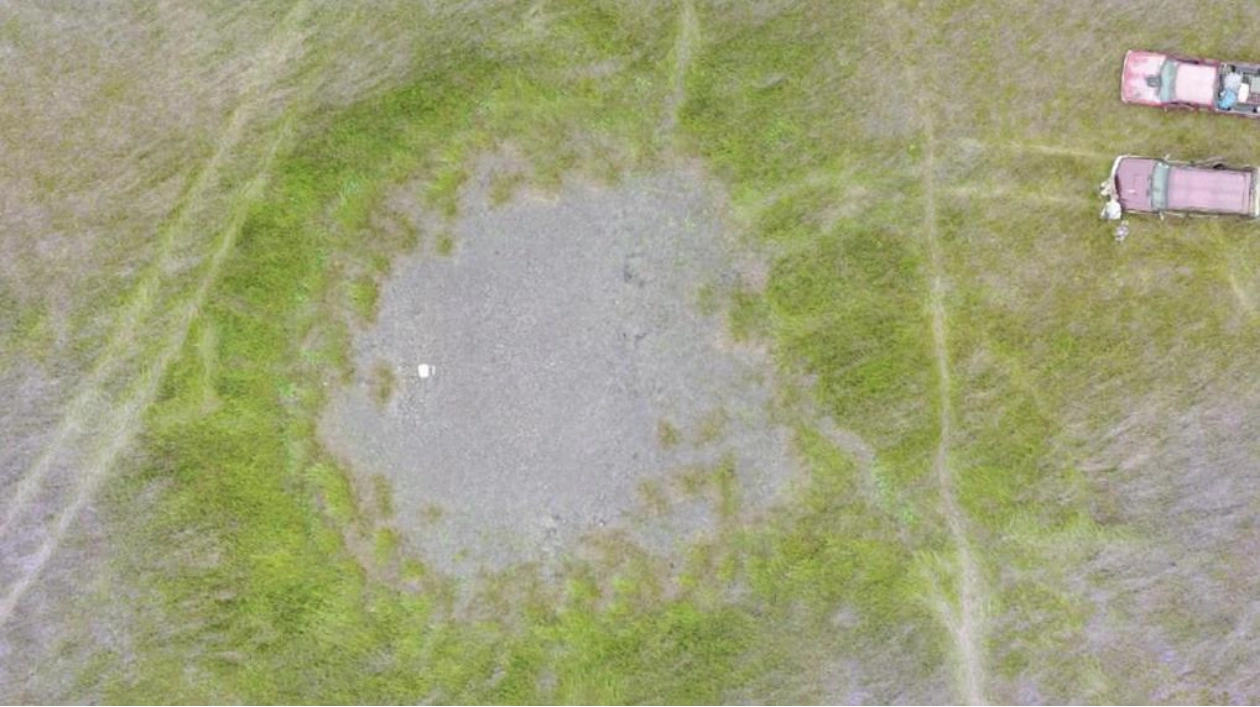Approximately 4,000 years ago, a sophisticated fish-trapping system emerged in lowland Central America, supporting the growth of human populations, according to a recent study. This extensive construction project suggests that aquatic resources played a significant role in the development of the Maya civilization around a thousand years later.
Spanning across wetlands in present-day Belize, an intricate network of earthen channels directed fish and other aquatic species into ponds formed as floodwaters receded during the spring and early summer, according to archaeologist Eleanor Harrison-Buck of the University of New Hampshire and her colleagues. These ponds could have provided sustenance for an average of about 15,000 people annually, the researchers concluded in a November 22 publication in Science Advances.
It is likely that such a large population did not congregate near the fish traps until the rise of significant Maya ceremonial and urban centers around 3,000 years ago, the scientists note. Harrison-Buck's team utilized a drone equipped with a camera and Google Earth imagery to identify 167 shallow channels covering nearly 42 square kilometers within Belize's Crooked Tree Wildlife Sanctuary. During the peak of the summer dry season in 2017, nearly 60 ponds were observed near the intersecting channels.
Radiocarbon dating of materials from three excavated channels reveals that hunter-gatherers initially established the fish-trapping system around 4,000 years ago. Geological evidence of a drought from approximately 4,200 to 3,900 years ago indicates a shift from year-round to seasonal marshland, prompting a dietary change from cultivated maize to aquatic foods. No maize pollen was found in the channel excavations, suggesting that ancient diets in the region included fish, turtles, mollusks, waterfowl, and edible seeds of amaranth plants that thrive in open landscapes during droughts.
Maya villagers likely benefited from the fish-trap system's aquatic resources from around 3,200 to 1,800 years ago, the researchers propose. One excavated channel led directly to a major Maya center, Chau Hiix. Future fieldwork will explore potential pre-Maya settlements near the fish-trapping system and investigate possible canal networks identified through remote sensing at two other wetlands in Belize and one in southern Mexico.
Source link: https://www.sciencenews.org






